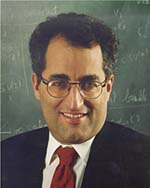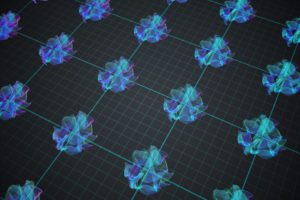The concept of string theory is one of the most popular concepts of the last 20 years in theoretical physics. Sometimes referred to as “a theory from the 21st century physics that was accidentally discovered in the 20th century,” string theories define the basic building blocks of the universe as one dimensional strings (filaments of energy as small as 10-33 cm) that vibrate in multi-dimensional space-time. In this theory, strings replace the structure less point particles as the basic building blocks of matter. Different vibrational modes of strings correspond to the elementary point particles.

There are open and closed strings and the theories come in five different versions. They are labeled as Type I, Type IIA, Type IIB, Heterotic-O and Heterotic-E.
In 1995 Edward Witten, one of the world’s most renowned theoretical physicists launched what is called the second revolution in string theories. He formulated the M-theory that unifies all five types of string theories as well as the Supergravity Theory (the theory that unifies general relativity and supersymmetry theories) into a single framework. The M-theory works in an 11-dimensional hyperspace (10-space and 1-time dimension).
Mathematically, these theories unify the General Theory of Relativity and Quantum Mechanics. However, they have not been verified experimentally.

